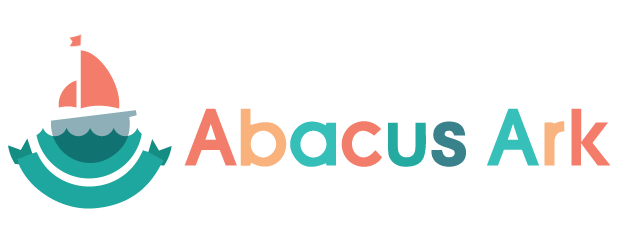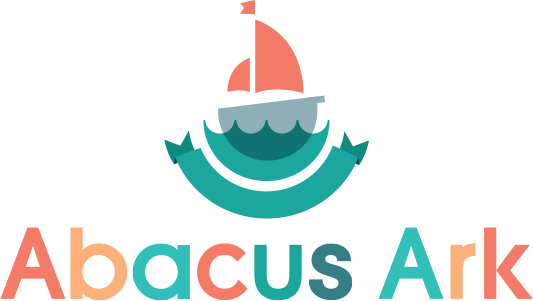It would be a safe bet to say that most of you, at some point, have experienced pure anxiety moments feeling lost and frustrated when having to choose a toy to buy browsing through the aisles, or when entering your home, you’re bombarded with teeny tiny toys in your living room or when opening your handbag to get your purse out but grabbing a digger instead.
Toys are wonderful; they are the resources that we use to promote children’s learning through play and help them acquire new skills to explore and discover on their own, practice their theories without the fear of failure, create bonds and special friendships. They help with experimenting and problem-solving, engaging children in imaginative play representing personal experiences, toys help expand their vocabulary interacting with their peers, sharing their feelings, ideas and thoughts, and achieve milestones across several developmental domains such as language, fine and gross motor skills, cognitive and social-emotional development.
Different types of toys will offer different opportunities to your child to perfect or acquire a new skill. For example, dolls and dressing up clothes help children to develop their social skills, feel empathy and learn how to cater for themselves and another person, understanding their needs as well as their own. Puzzles are a great opportunity for Maths (e.g. shape recognition or spatial skills) promoting their fine motor skills and problem-solving abilities.
OK, we have the toys, children love playing, so our job here is done. Just empty a box of Lego on the carpet and leave them to it- if only it was that simple. In order for toys to be used to the maximum potential and lead to successful interactions and engagement, they have to be offered in a meaningful context where the golden rule ‘less is more’ productively applies.
Having worked in classrooms where there were piles of toys everywhere, I’ve seen children become overwhelmed, overstimulated and unable to engage and focus on one activity. To better understand this scenario image shopping on Boxing day, sales everywhere with discounts galore. How do you decide what to look at first, how to do know what you want? This can be very frustrating. This can be said for what a child experiences when they are surrounded by too many toys.
So, how can we create a stimulating learning environment?
Here are some helpful for tips for you to try;
1. Offer them one choice. ‘Do you want to play with trains or blocks?’ This allows them to focus on one thing without getting distracted.
2. Create a meaningful context. Instead of emptying the whole box out, choose two colour blocks or two sizes (big and small) so children can explore colours, understand and make size comparisons using mathematical language, discover and create patterns, sort them out according to their properties, in this case, size or colour.
3. Keep it simple. A small tray with sand or rice, a spoon and a few small containers. You will be amazed for how long children engage in these types of activities. They can enjoy filling and emptying containers and practising their fine motor skills.
4. Make it exciting! Think outside the box and try to mix different toys and resources together. Dinosaurs that make footprints in a tray with flour, blocks that float in a bucket filled with water, pasta and paint, alphabet letters hidden in the sand, buttons and playdough, the combinations and choices are countless.



